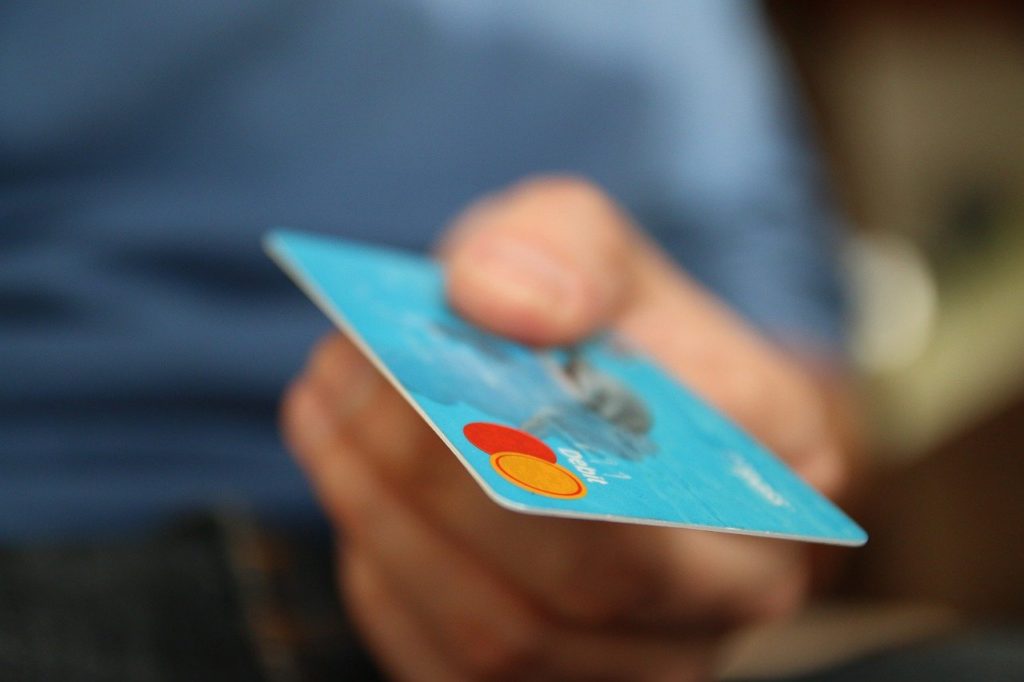Disputing credit card charges is more popularly known as a credit card chargeback. This takes place once your customer, recognizing that a transaction which they think is invalid, disputes the transaction to the bank delivering it. Then the bank has a right to file that dispute on the cardholder’s behalf, turning the sale over.
This is the whole general process. But obviously, it isn’t so straightforward. There are little details of the credit card repair and dispute process, to know when a dispute is baseless, and find out how wholesalers can fight back if necessary.
What is a Credit Card Dispute?
As mentioned previously, a dispute is a credit card reversal. If a customer finds out a transaction on her billing statement, which she doesn’t recognize, she can contact her credit card company and inspect. In case the operation seems to be a deceitful charge, that is, either by a corrupt merchant or a criminal impostor, the card’s issuing bank can file for disputing credit card charge. This is even applicable if a transaction comprises a particular merchant blunder, and the buyer can’t solve the problem on their own.
The credit card dispute had been presented as part of the 1974 Fair Credit Billing Act. The basic idea was to reassure trust in credit cards, which were a rather new concept back in the days. Even today, the right to file for a credit card dispute is seen as an essential consumer security mechanism.
Disputes are actually like insurance against scams for cardholders, guaranteeing their cards won’t be wiped out. Conflicts can also warrant quality by preventing bad actors from scamming buyers with unacceptable services or goods.
When Can Customers File a Dispute?
There are two situations in which customers are legally authorized to the process of disputing charges and claim a chargeback: these are a criminal scam or merchant fault.
For instance, let’s suppose a cardholder finds a transaction on her billing statement, which she doesn’t recognize as mentioned above. The cardholder contacts the bank, which examines the operation and determines that it is a false charge. The bank files a chargeback to mend the cardholder’s reserves. The merchant’s defences were not resilient enough to avoid the fraudulent charge, so the merchant has to take accountability.
Now, let’s suppose that cardholder places an order, but the product that arrives is not what was publicized. The customer calls the merchant for a return, but the merchant has unreliable customer service, and the purchaser doesn’t get a response in a reasonable timeframe. The merchant is still responsible for the transaction, so the cardholder is right in filing a chargeback.
Once you are done contacting your bank for the issues, you must send a disputing credit card charges letter to your creditor’s billing inquiries section.
Conclusion:
Are you dissatisfied with a merchant’s service or product? Worry no more. If you do it the right way, your credit card issuer may hop in to help you!
